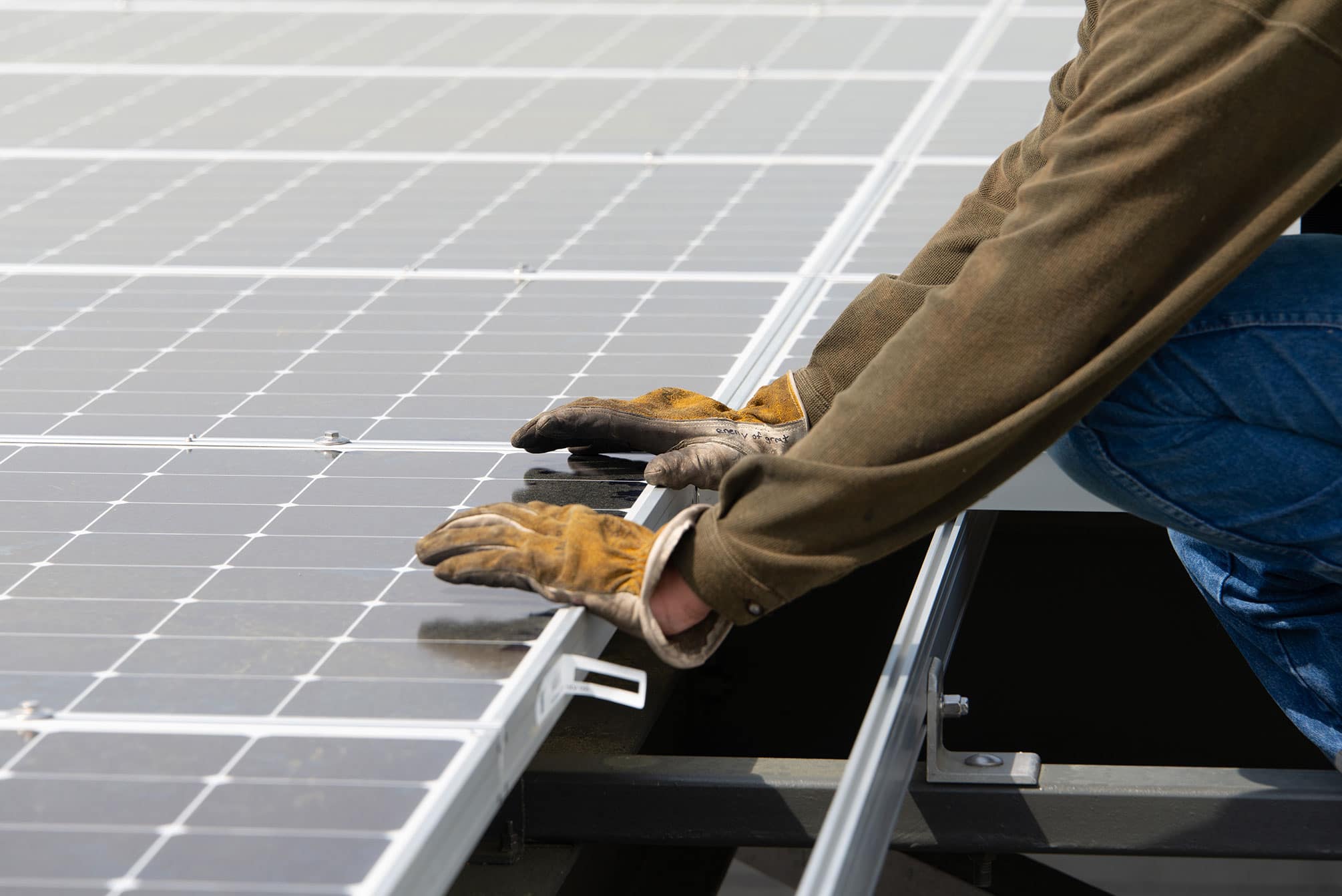
| Aug 1, 2021
Energy Production
Renewable energy has become a vital strategic driver for business. Current events, widespread advocacy, and technological advancements have led to a cultural shift where companies and corporations are recognizing the importance of taking a leading role in decarbonizing. However, a dichotomy exists: while many businesses understand the value of transitioning to renewable sources of energy, certain obstacles – some valid and others perceived – often impede the transition. Taking a closer look reveals that renewable resource procurement can depend on a multitude of factors specific to each business, including:
- Site location
- Utility company
- Building size
- Building function
- Existing infrastructure
- And others
Challenges Addressed
When considering renewable energy through the lens of a building’s design, construction, and function, it is often viewed as prohibitive – both because of the high upfront cost of investment and, in many cases, the long payoff period. The initial investment can also be daunting when taking into account the potential expense and time necessary to establish a location for structures such as wind turbines and solar farms, as well as the necessary negotiations, contracts, permits, and community relations. Yet another challenge arises when considering that many renewable energy forms can present low production efficiency.
Companies put off by these factors tend to remain loyal to coal or gas-based energy forms, choosing instead to offset their energy use by utilizing practices to reduce their carbon footprint. While commendable, this offers a short-term solution to the issue of renewable energy rather than addressing the source of the broader issue. It is becoming increasingly evident that what is truly needed is a transition to a more sustainable and holistic approach in the form of an efficient lower-carbon energy economy.
Key Goals
HITT R&D will look to partner with leading experts in the field to explore current and emerging ways of renewable energy procurement, both on- and off-site (such as centralized energy farms). We plan to research and broaden market knowledge of the different forms of renewable energy, including:
- Wind
- Solar
- Hydrogen fuel cell
- Hydroelectric
- Geothermal
- Biomass
- And other forms on the horizon
Within each of these categories of energy production exist different types and approaches. For example, there are several forms of solar energy, the most matured in the building space being photovoltaic (PV) systems, which convert direct sunlight into electricity through solar cells.
Our emphasis will be on exploring the most current renewable potential, building up this knowledge base, and incorporating the data into energy modeling processes for projects in design. Ultimately, we intend to develop more cost-effective, efficient approaches to clean energy production. This will not only provide better options for building owners and developers considering renewable energy procurement, but also help our trade partners better understand the implications, challenges, and advantages of installation.
A separate – but aligned – area of research is exploring the wide array of energy storage technologies. Exploring these options will be key to understanding the ways in which we can harness excess energy produced, better manage our power supply, and potentially bring cost savings to adopters. We expect that energy storage research may also further illuminate the benefits of on-site energy production.
Key Findings
- Renewable energy production accounts for only 12% of the U.S.’s energy consumption.
- As an early adopter of solar energy production, the space industry first leveraged the technology in the 1950s to provide power to spacecraft.
- Although biomass is commonly burned for heat, there are other methods of converting it to energy such as chemical conversion to produce liquid fuels.

